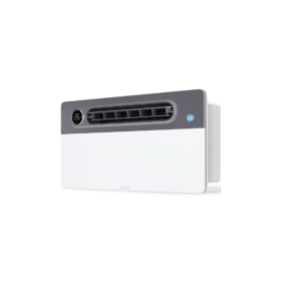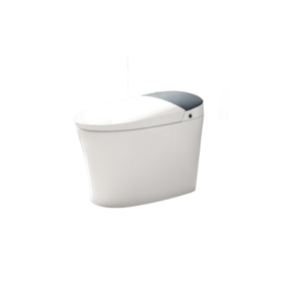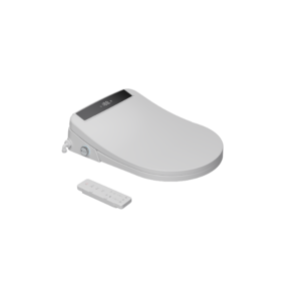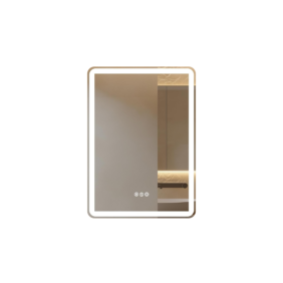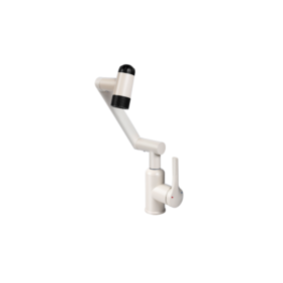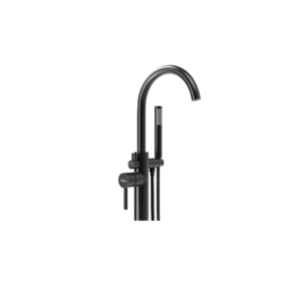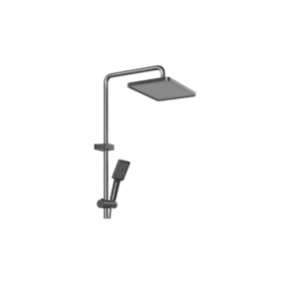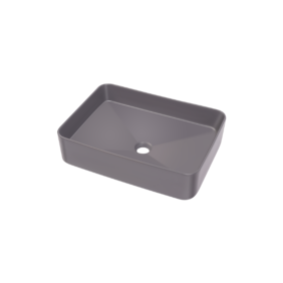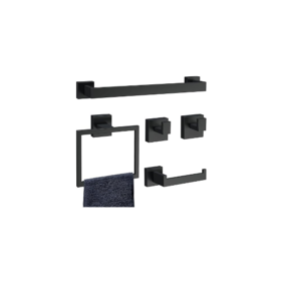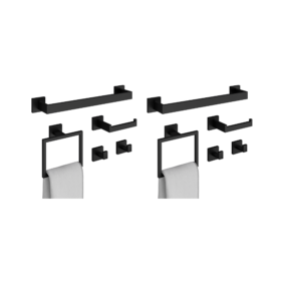
Home / Blog Center / Chargers / Balcony Drain Installation Standards: Best Practices and Tips
Balcony Drain Installation Standards: Best Practices and Tips
04/03/2025 | Hawkrown
Although the floor drain may seem inconspicuous, it plays a significant role in home use as an essential component for drainage. However, many people are not clear about the installation standards for floor drains. So what are the installation standards for balcony floor drains? What types of floor drains are there? Let's take a look together with these two questions in mind!
Installation Standards for Balcony Floor Drains
Firstly, a sealing waterproof layer should be added to the floor drain, and the mud and sand around the sewer pipe should be cleaned out. Then, a template should be poured, and the opening should be blocked. Secondly, the position of the floor drain should have a slope to facilitate drainage. Finally, when installing the floor drain, adhesive and glass glue should be used to seal the connection between the floor drain and the sewer pipe to prevent looseness, which can affect drainage.
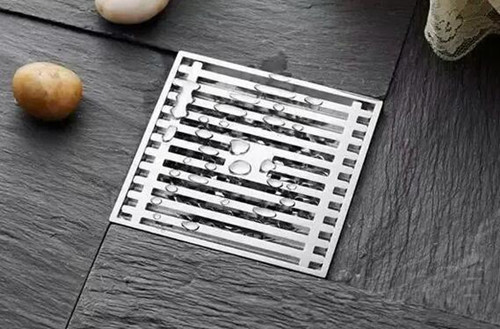
Types of Floor Drains
1. Deep Water Seal Floor Drain
The diameter of the sewer pipe is generally about 50 millimeters, while the deep water seal floor drain only has a diameter of 38 millimeters, resulting in a slower drainage speed, especially when the outlet holes of the drain core are too close to the pipe wall. However, it has a good odor-proof effect.
2. T-shaped Floor Drain
The T-shaped floor drain has an additional filtering layer that can block hair and debris. The drain core is made of copper instead of plastic, which extends its lifespan. However, this type of floor drain requires frequent cleaning.
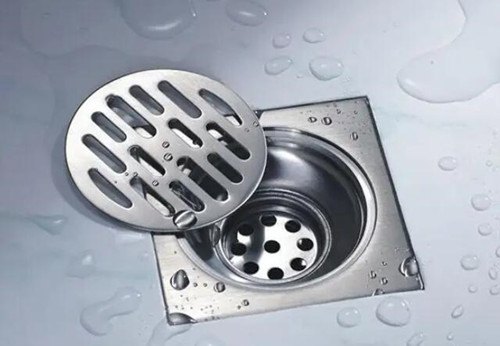
3. Flap Floor Drain and Spring Floor Drain
The flap and spring floor drains, also known as self-sealing floor drains, use gravity to control their opening and closing. While they have an odor-proof effect, if the water quality is poor and contaminates the drain cover, it may not seal properly, leading to unpleasant odors. Furthermore, if hair wraps around the cover, it can cause the drain to become clogged, making it ineffective in preventing odors.
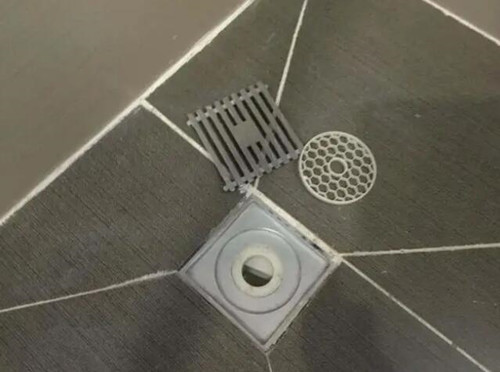
4. Cover Cap Water Seal Floor Drain
The cover cap floor drain has a raised point on the back of the cover that forms a water seal with the edge of the drain, providing an odor-proof effect. However, if the water seal is too shallow and there is pressure from the upstairs toilet flushing, it may damage the drain. Additionally, this type of floor drain is prone to clogging and has a slower drainage speed.
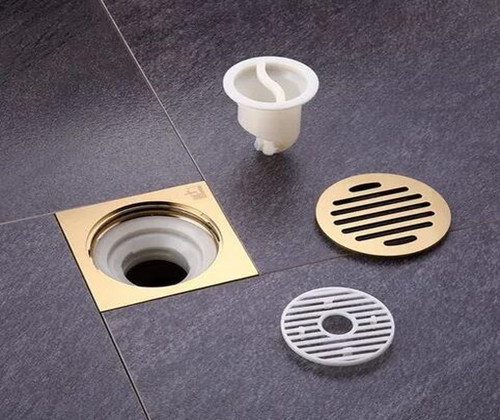
In summary:the above content introduces the installation standards for balcony floor drains and the various types of floor drains. We hope it can help those in need. If you would like to learn more related knowledge in the future, feel free to follow our website for updates.


